“For we know that the whole creation groans and labors with birth pangs together until now.” (Rom 8:22)
Chapter 5
How did evil develop?
SYNOPSIS: Is animal suffering a consequence of evil? How can a loving God create a world full of biological life forms that suffer calamity, pain, adversity and affliction? – Is this God’s preferred biological design, in two creations? – What part has the devil played?
According to the gap theory, the earth existed for billions of years before God made man, who sinned and, as a consequence, brought death and decay into the world. Such a scenario, if it were true, shows that suffering and death existed in the physical realm of the “original creation” prior to man; thus it cannot be connected to man’s sin and the curse. This is because it has always been there from the beginning (billions of years ago), when God created the heavens and the earth and all things in them. Consequently, by extension, it goes to reason that pain, anguish and death in this creation (the so-called “re-creation”) also has nothing to do with sin, except in the case of man.
And Satan can’t be blamed for all this cruelty and waste in the “initial creation”, either. This is because, according to gap creation, Satan’s fall took place at the end of a particular geological age, which brought about the end of all life through the total destruction of everything on the planet.
Thus, in this worldview, the suffering and death of nephesh (lung-breathing, sentient creatures), as it has been preserved in the fossil record, was not a consequence of any curse in the “initial creation”, but part of God’s natural creative biological purpose for billions of creatures over billions of years.
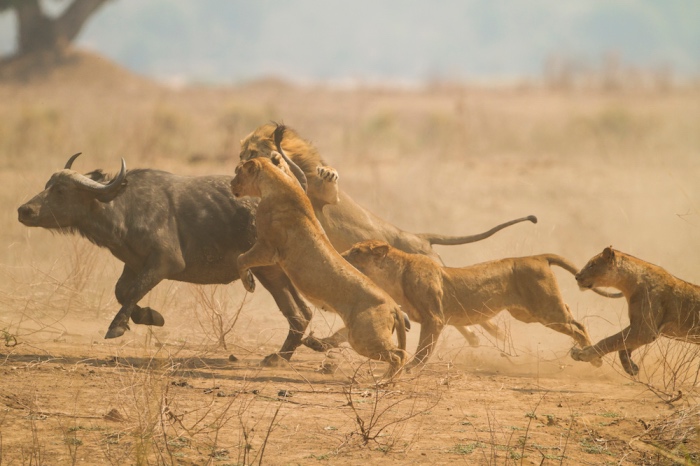
This is also how gap creationists view the suffering and death of animals in the “re-creation” – occurring naturally. But such a scenario would mean that God himself had intentionally instituted an ages-long ecological system of disease, decay, pain, violence, predatory behaviour, carnivory and death on the ancient earth.
This is exactly what some gap creationists have told me, and it is somewhat consistent, philosophically – but not biblical, as it paints a very different character to that revealed in the God of the Bible.
This is a serious dilemma and I have yet to find any gap theorist prepared to admit the consequences of their chosen historical worldview.
And so I would suggest to any person who had superficially adopted the gap theory narrative to start considering its far-reaching implications! It is simply not good enough to follow a doctrine without knowing exactly what it teaches.
“Be diligent to present yourself approved to God, a worker who does not need to be ashamed, rightly dividing the word of truth.” (2 Tim 2:15)
Adam’s sin only affected man?
One of the arguments put forward to support this is that gap creationists interpret Rom 5:12 as meaning that the curse of death, through Adam’s sin, only affected man, not beast. “Wherefore, as by one man’s sin entered into the world, and death by sin; and so death passed upon all men, for that all have sinned.” (Rom 5:12)
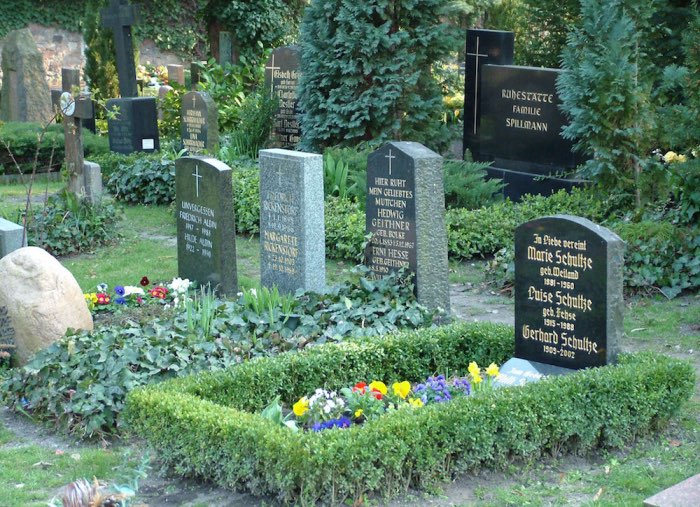
In Romans 5, the apostle Paul is explaining how evil followed the sin of the first man, Adam, which brought death into the world.
Here Paul is specifically speaking of man, because his message is the good news that although condemnation and death have reigned on earth through one man’s sin, and all men will die as a consequence, God’s grace and the gift of eternal life will also reign through one man – Jesus Christ the righteous.
In this context, Paul is focusing on man’s relationship with Christ and man’s eternal life. After all, the blood of Christ does not redeem the animal kingdom.
However, this verse (or chapter) does not specifically say that man’s sin only brought death to man and not to all the inhabitants of the earth.
Such a conclusion is an extrapolation that cannot be determined from the text and context. To find the correct message here is to not read it in isolation, but to see if the interpretation fits all other Scriptures relating to the subject. If not, it is an incomplete reading.
For example in Acts 16:31 we are instructed to “believe on the Lord Jesus Christ, and you will be saved, you and your household”. This is correct, but it is not the full message and must be read in conjunction with other Scriptures, such as Acts 2:36-38 and John 14:15; John 6:46 that tell us that repentance and baptism are also required by each individual, and if we call Christ Lord then we must obey his commandments. In other words one does not nullify the other; it expands upon it. Below I review some of the Scriptures that expand upon God’s character as the Good Shepherd who has laid down his life for the sheep – mankind (John 10:11-14). Not only that, but God also loves the whole creation.
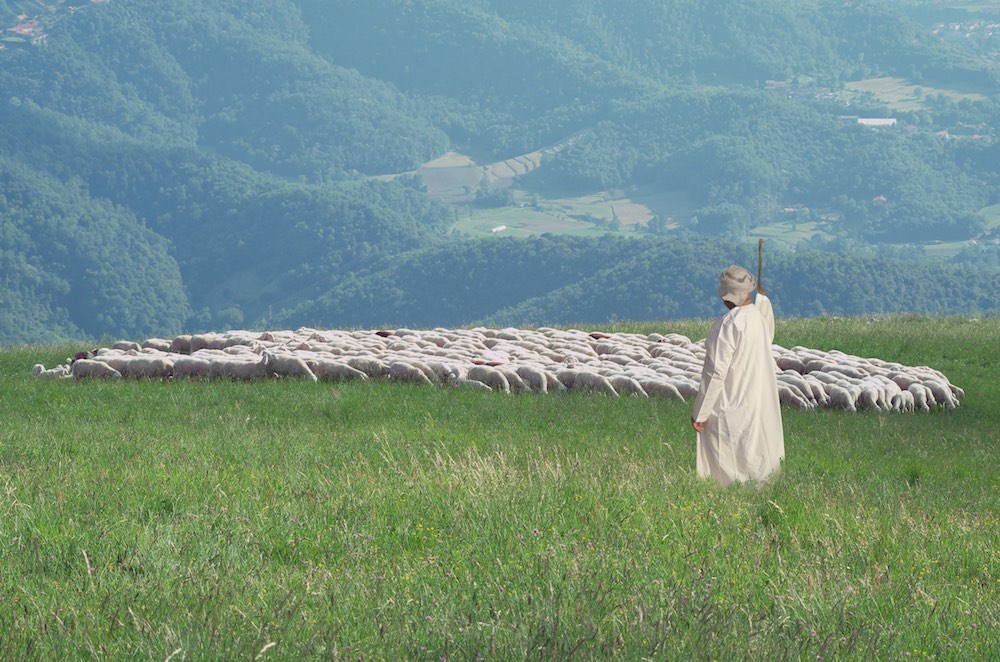
Sin, evil and the goodness of God
In the Bible “evil” has a number of meanings. In Hebrew evil (ra`) includes “giving pain, unhappiness, misery, sad, hurtful, distress, injury, calamity, adversity, affliction, grief, harm and sorrow”. And in Greek evil (ponēros) includes anything that causes “harassment, annoyances, hardships, perils, pain and trouble, disease and blindness”. These words by definition describe a fallen world that has been cursed to suffer – morally, emotionally, mentally, spiritually, ethically and physically! In other words, the entire animal kingdom (including man) has been subjected to the evil of suffering after the curse.
Either something represents God or it represents the devil. There is nothing in between. Nevertheless, according to gap creation, the “distress, injury, disease, perils, pain and harm” experienced by animals is not evil, it is God’s chosen biological design.
But how can God be responsible for, and approving of, all that anguish and adversity in the physical creation, which he deemed “exceedingly good”? For example, the suffering of animals – such as an antelope’s terror and pain as a lion’s fangs rip into her neck – is as real as ours. (Or, in the area where we live, the night-time bloodcurdling screams of a possum being torn apart alive by a powerful owl is deeply distressing, for the possum and everything that has to listen to it.)
Does such a bloodthirsty predatory system really describe the character of the God of the Bible?
Our Creator instructs man to be tender-hearted and considerate to all creatures.
“If a bird’s nest happens to be before you along the way, in any tree or on the ground, with young ones or eggs, with the mother sitting on the young or on the eggs, you shall not take the mother with the young; you shall surely let the mother go, and take the young for yourself, that it may be well with you and that you may prolong your days.” (Deut 22:6-7)
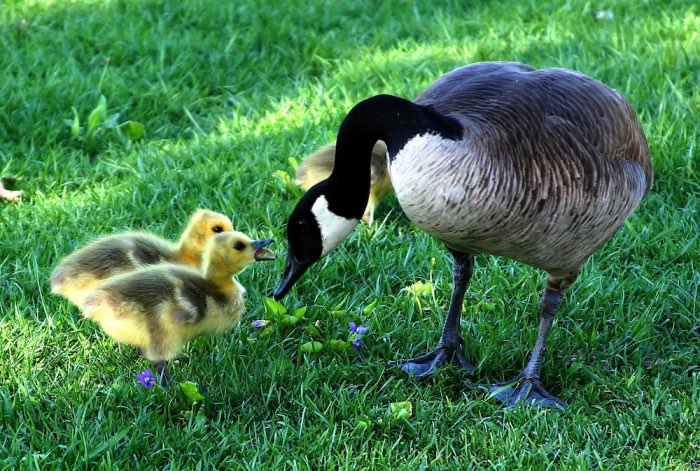
God defines himself as compassionate and gracious, longsuffering, and abundant in goodness, mercy, loving kindness and truth (Ex 34:6; Ps 86:15). His wisdom is compelling and his judgments indisputable.
The Creator of all things tells man that if he is to be righteous then he must have regard for the life of his animals; those who don’t are called wicked and cruel (Pro 12:10). God instructs man not to muzzle the ox while he is threshing the grain (Deut 25:4); to care for his flocks (Pro 27:23); not to ignore an animal in distress on a Sabbath, because it is a day of rest (Luke 14:5); to carry the lambs and gently lead nursing ewes (Is 40:11); not to plough with a donkey yoked to an ox (Deut 22:10); and he says he provides for the birds and every living creature, because he cares for even the little sparrows (Ps 84:3; Luke 12:6-7; Ps 36:6). Not only that but God himself tells us that this whole world has been cursed.
In Gen 3:14, God said to the serpent after he’d led man into sin:
“Because you have done this, You are cursed more than all cattle, And more than every beast of the field; On your belly you shall go, And you shall eat dust All the days of your life.” (Gen 3:14)
That is, the devil was cursed over and above the animal kingdom. And so, the suffering and death of animals was the result of a “curse” from God – the collateral damage from the fall-out of sin – not His biological design of preference.
Rom 8:22 describes this state of “the whole creation (pass ktisis)” as in “the bondage of corruption”, which “groans (systenazo) and travails (synodino) in pain together”.
In fact, the first record we have of death in the creation is just after the curse, when God slew a lamb to provide clothing for the man and woman after they sinned and were ashamed of their nakedness. Thus the first shedding of blood was a direct consequence of sin (Gen 3:21).
The Greek expression in Romans 8:22 (mentioned above) is that the whole creation “individually and collectively”, “anything created, the sum or aggregate of things created” is “experiencing a common calamity”, “undergoing agony together” and “moaning jointly”. This is clear in light of Is 11:6-9 and Is 65:25, where God reveals what it will be like when Messiah rules the earth (Rev 21:3-5). He describes how the wolf, the lamb, the leopard, the lion, the cow, the bear, the ox, the snake and the child “shall not hurt nor destroy in my holy mountain” (which is not what we find in the fossil record).
God hates cruelty and waste
God is described as infinite love who hates cruelty, destruction and waste of any kind (Ps 145:9). Yet gap creation sees God as having elected a biological system that is wasteful, brutal and agonising for all animals, which he deemed “exceedingly good”.
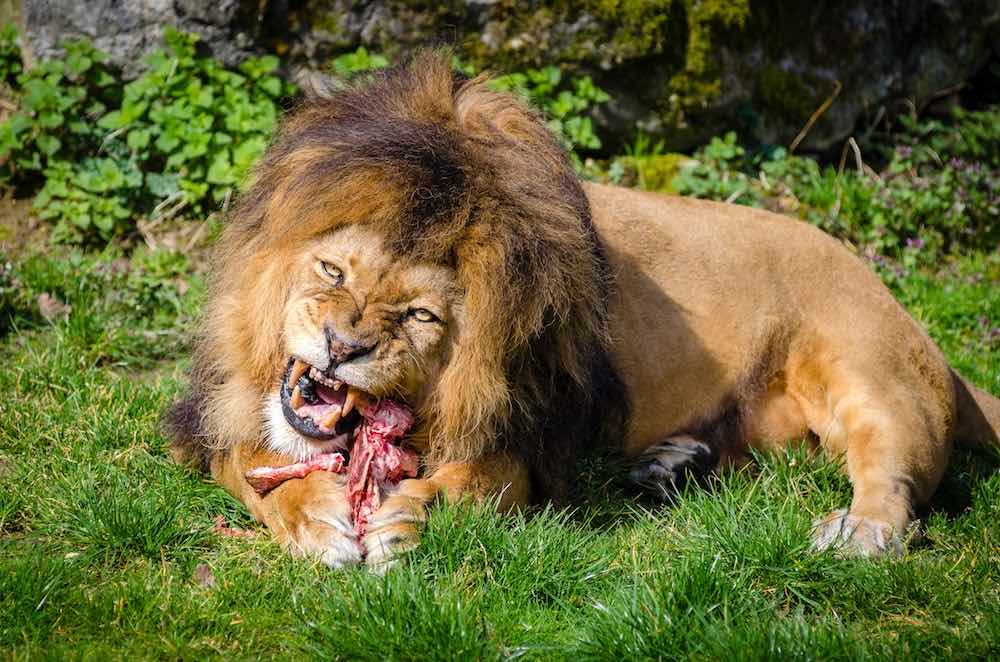
As for Adam, it is said that his sin brought about suffering and death to man only. In this way, gap creation attributes a smaller role to sin (having only affected man and maybe the earth) and evil as being less extensive (i.e. excluding the pain and death of animals).
It also has a diminished view of God’s goodness, as evident in the “naturally” suffering and dying creation all around us.
From the young earth creationist perspective, however, the consequence of man’s sin, under the devil’s rulership, is far more comprehensive than that, seen as having affected the entire planet and everything on it.
“For the creation was subjected to futility, not willingly, but because of Him who subjected it in hope; because the creation itself also will be delivered from the bondage of corruption into the glorious liberty of the children of God. For we know that the whole creation groans and labors with birth pangs together until now.” (Rom 8:20-22)
This is the heart of the gospel message – that Jesus came to earth to die for mans’ sins, so that we could be released from spiritual bondage, forgiven and receive the gift of eternal life. And that Christ will return – victorious, triumphant and with great glory. This good news is to be taken throughout the world.
“And as it is appointed for men to die once, but after this the judgment, so Christ was offered once to bear the sins of many. To those who eagerly wait for Him He will appear a second time, apart from sin, for salvation.” (Heb 9:27-28)
“And there will be signs in the sun, in the moon, and in the stars; and on the earth distress of nations, with perplexity, the sea and the waves roaring; Men’s hearts failing them from fear and the expectation of those things which are coming on the earth, for the powers of the heavens will be shaken. And then they will see the Son of Man coming in a cloud with power and great glory.” (Luke 21:25-27)
Then, Christ will usher in the glorious kingdom of God in its fullness, under His reign, delivering the whole creation from bondage. This is the premillennial view, because peace in all the earth has not yet happened. He will also restore the creation, at very least, to its original, magnificent paradisaical state, where everything was “exceedingly good” and ALL creatures were provided herbs to eat (Gen 1:31; Gen 1:29-30). This was a created order that we have no concept of understanding in our present fallen state.
“The wolf also shall dwell with the lamb, The leopard shall lie down with the young goat, The calf and the young lion and the fatling together; And a little child shall lead them. The cow and the bear shall graze; Their young ones shall lie down together; And the lion shall eat straw like the ox. … They shall not hurt nor destroy in all My holy mountain, For the earth shall be full of the knowledge of the LORD As the waters cover the sea.” (Is 11:6-7, 9)
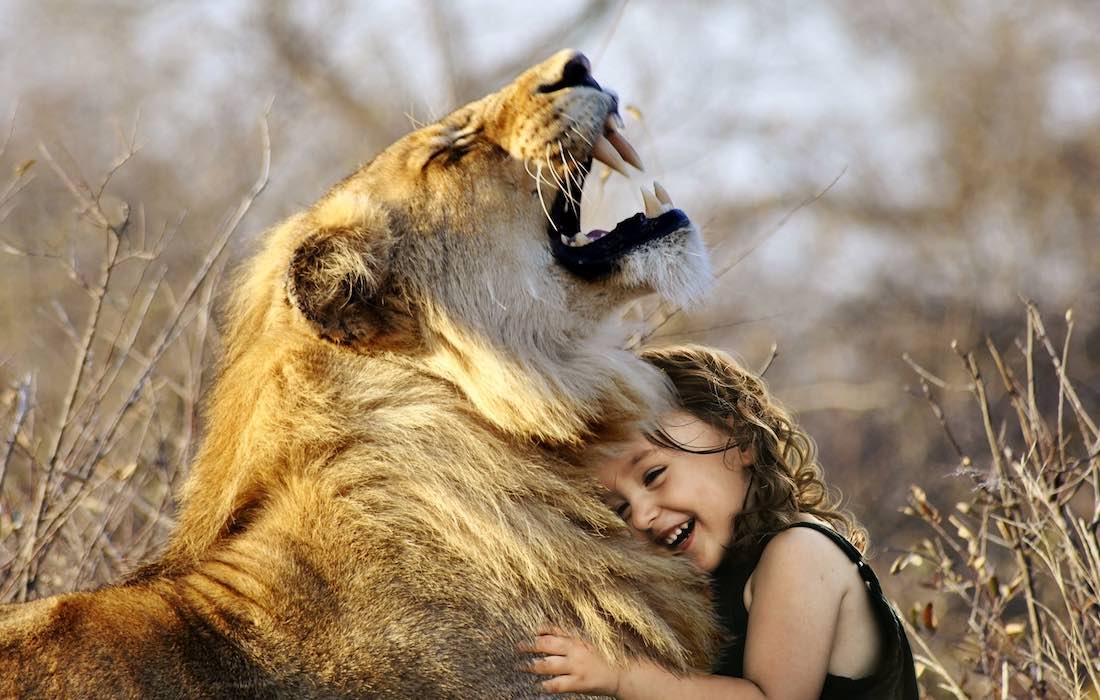
When the disciples asked Jesus how they should prayer, he told them:
“…When you pray, say: Our Father in heaven, Hallowed be Your name. Your kingdom come. Your will be done On earth as it is in heaven.” (Luke 11:2)
One day the Prince of Peace will return and establish his everlasting kingdom, where peace will be the rule rather than the exception. The Blue Letter Bible explains this well.
“When Jesus Christ came to earth the angels announced that there would be peace. Jesus is called the, ‘Prince of Peace’ yet there has been no peace for the world since He came. There are several reasons for this. First, the peace the angels promised were to those who have trusted Him – not to everyone. Believers can enjoy the peace of God. Second, Jesus Himself testified that His coming had the result of dividing people not uniting them. There will be peace on the earth but only when Christ returns.”
(www.blueletterbible.org/faq/don_stewart/don_stewart_790.cfm)
As we read in Isaiah:
“For unto us a Child is born, Unto us a Son is given; And the government will be upon His shoulder. And His name will be called Wonderful, Counselor, Mighty God, Everlasting Father, Prince of Peace. Of the increase of His government and peace. There will be no end, Upon the throne of David and over His kingdom, To order it and establish it with judgment and justice From that time forward, even forever. The zeal of the LORD of hosts will perform this.” (Is 9:6-7)
From the young earth creation perspective, any kind of anguish, fear, affliction, distress, death and grief (yes, animals can grieve) is considered the product of evil, a result of the curse. It is a complete departure from the goodness of God and his awe-inspiring original created order as described in Gen 1 and 2 – without an invisible backstory, and before the curse changed everything.
As such, each creation story mandates a fundamentally different understanding of God’s character, the magnitude of evil and the role of sin. This is a fact that CANNOT be ignored.
Images: FreeImages.com/Jurn Hocke; Gherzak/Shutterstock; iStock.com/CrossEyedPhotography; iStock.com/jez_bennett; Lumir Jurka Lumis/Shutterstock.com; mpaniti/Shutterstock.com; Pexels; Pixabay.
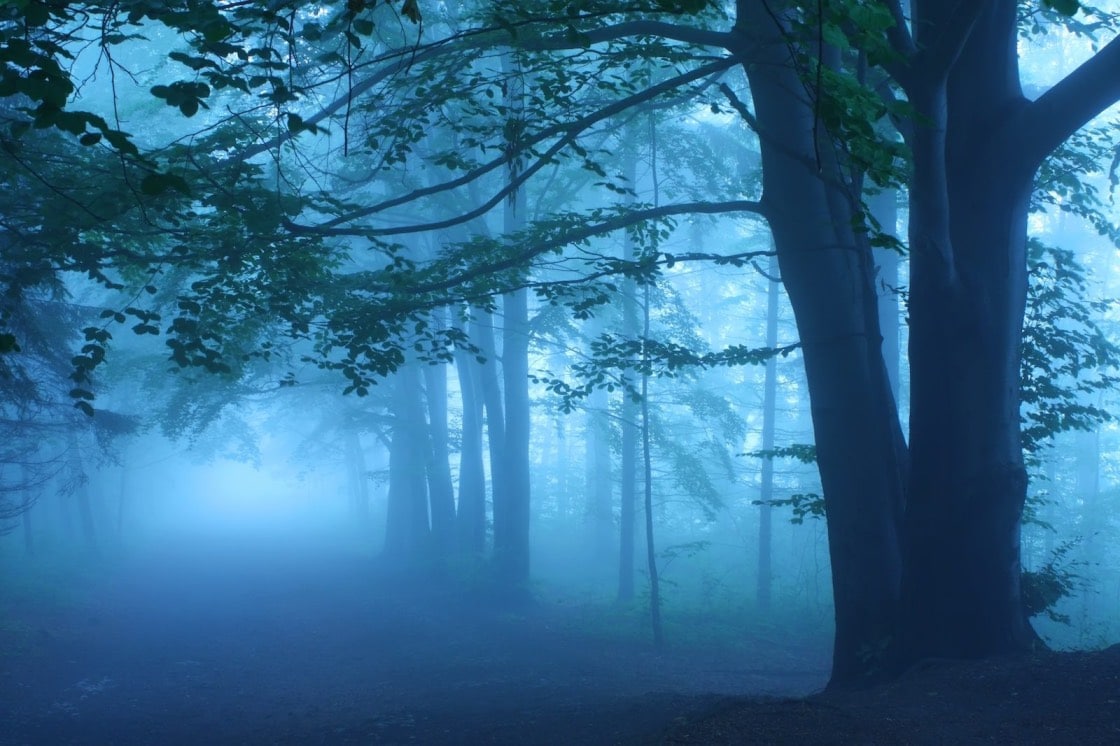
“Woe to those who call evil good, and good evil; Who put darkness for light, and light for darkness; Who put bitter for sweet, and sweet for bitter!” (Is 5:20)
